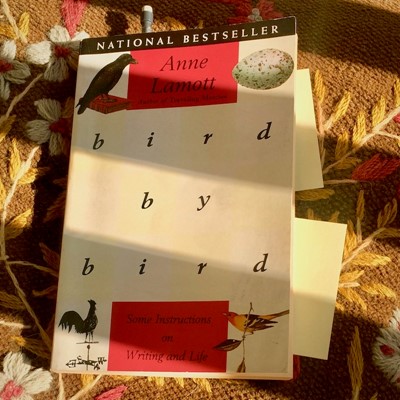
We ask a lot of an audience whenever we speak—to give us their time and attention, to care about what we're presenting, and to take in a lot of information without the benefit of a pause or rewind button.
Anything a speaker can do to make a message more accessible for an audience is a plus.
Writing (or ad-libbing) for the ear is one way we can do that.
Here are a trio of easy adjustments you can make that will help audiences follow along.
1. Shorten sentences.
As longtime Buckley coach Karen Kalutz likes to say, when a sentence starts in the east and ends in the west, a listening audience is likely to get lost along the way.
Resist the urge to connect simple statements with conjunctions. Rework sentences so they aren't packed with asides (or parentheticals).
For example, a sentence like this one...
I've stopped watching Christmas movies, because I already know what's going to happen when the smart woman from the city comes to town and she discovers her brother has run the family business into the ground and then amazingly enough, the next door neighbor is a secret prince, and I bet you know what's going to happen too.
...becomes easier for the ear by removing conjunctions and adding periods.
You break one monster sentence into smaller pieces:
I've stopped watching Christmas movies. I already know what's going to happen. The smart woman from the city comes to town. She discovers her brother has run the family business into the ground. Then amazingly enough, the next door neighbor is a secret prince. I bet you know what's going to happen, too.
Try reading the two aloud to hear the difference.
2. Reduce the number of numbers.
When you heap numbers on an audience, you may not be as convincing as you think.
As a listener, it's hard to sort through them and decided what to take in.
To help the audience, you should choose the most important numbers and leave others out, find the best way to express them, and put them in context—absolutely.
You can also take the easy step of replacing some numbers with words. For example:
- Those 12 donuts can become a dozen.
- Your years of experience can go from 10 to a decade.
- Those 100 years of solitude could also be a century.
So a sentence with lots of numbers to digest...
In our 10 years of experience, we've seen that 12 donuts won't undo 100 years of frustration but can improve day-to-day productivity by 15 percent.
...can become:
In our decade of experience, we've seen that a dozen donuts won't undo a century of frustration but can improve day-to-day productivity by 15 percent.
That little revision improves the odds your audience will key in on the operative number in the sentence: a 15 percent improvement.
3. Go with the simple synonym.
If you've been asking your audience to utilize information, proceed to the exit, or interact with their spouse, you might try asking them to use, go, or talk instead.
Simple words can do the job with less fuss. Less fuss means a message that's easier to understand.
Why, then, is it hard for a speaker to downsize? Maybe because we've been pushed to expand our vocabulary and rewarded throughout our education when we did.
Sometimes, a big word is the right word. If so, use it.
But most of the time, the simple synonym is going to work better for your audience. That means it works better for your message. Give it a try.
Learn More
For thoughts on how simple words are the key to making Star Wars a success, see this.
Here's a look at how audience-friendly language promotes accessibility and inclusion.
For our tips on using numbers more effectively in presentations, start here.






